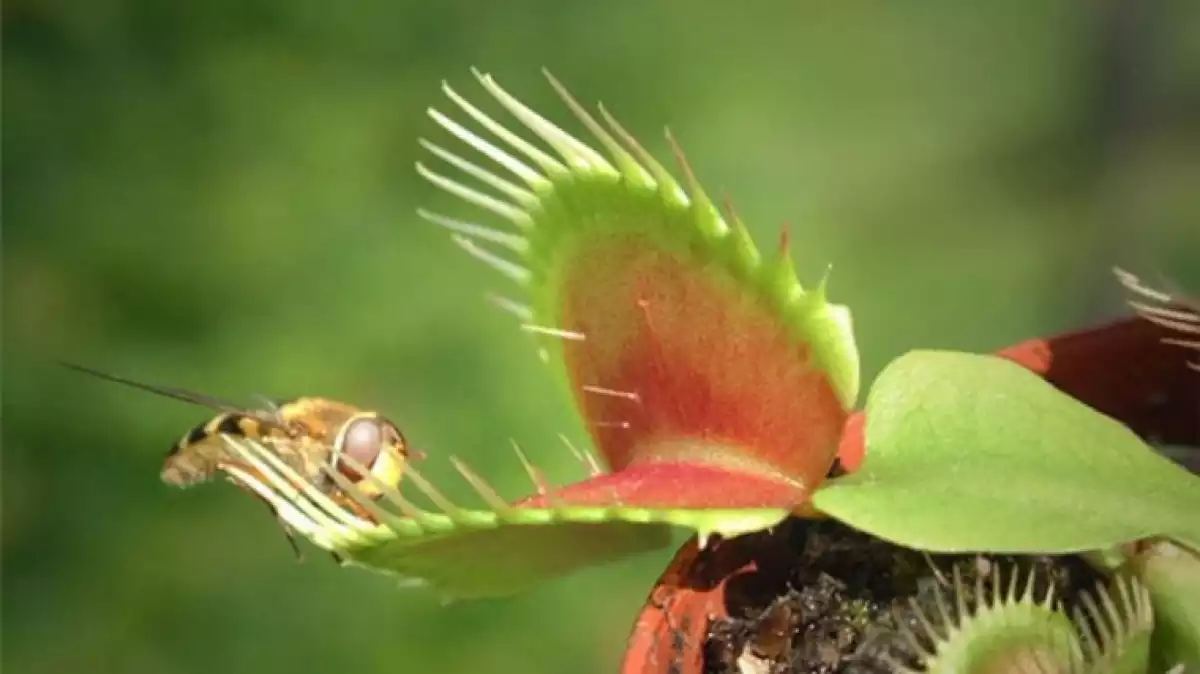
The fact that planet Earth is in grave danger due to the actions of human beings is a known fact. There are so many endangered plants and animals in the world, so today, we'll take the time to talk about some rare plants that are in danger of extinction, mostly because of climate change or illegal logging.
Plants, flowers, and trees all form a part of our planet's ecosystems, and if we lose these endangered species of plants, it could put humans and other animals at risk as well. Besides, plants and trees improve the quality of the air that we breathe; without them, pollution would be even worse.
Related: The 17 Most Endangered Species In The World
10 Endangered plants, trees and flowers
Below, we share a list of 10 endangered plants to spread awareness about the grave danger that these species face and with the hope that it still isn't too late to change this and enforce laws of conservation.
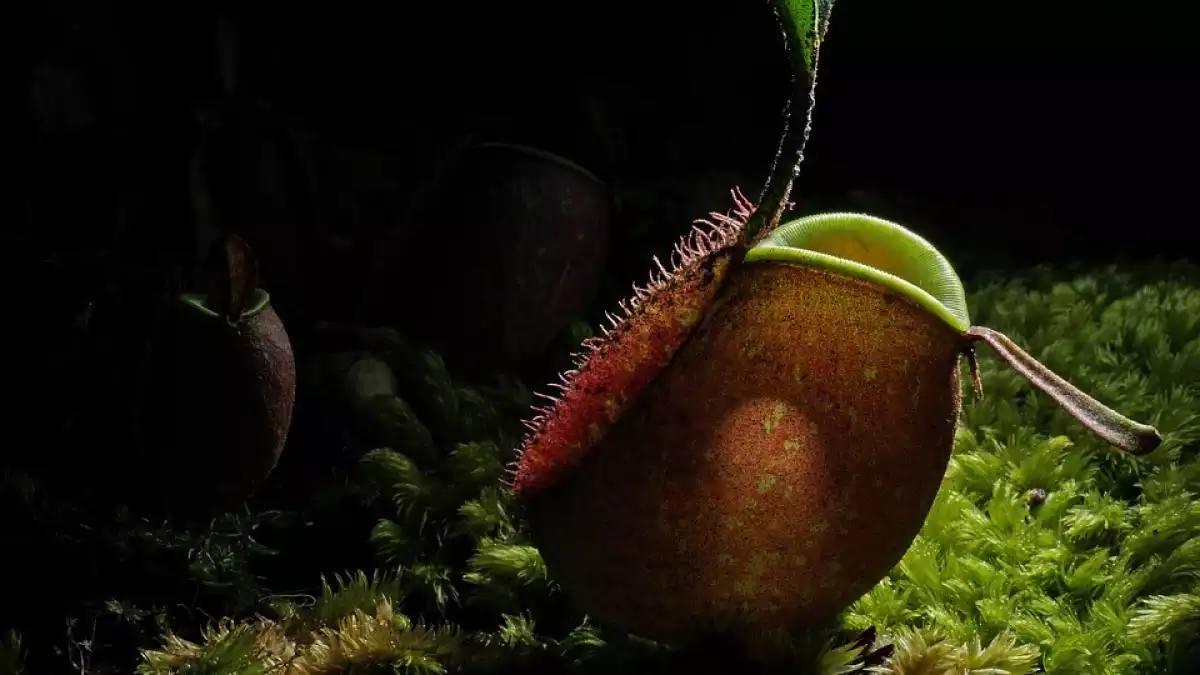
1. Attenborough Pitcher Plant (Nepenthes attenboroughii)
We start this list of endangered plants with this carnivorous species, named after the English broadcaster and natural historian, David Attenborough. Carnivorous plants are fascinating, mainly because of how they attract their prisoners so that they fall into their traps and then eat them.
Unlike others of its kind, which are mostly insectivores, this pitcher plant, easily recognizable for its inverted bell shape and size, this one, can also even consume small rodents.
It seems that this endangered plant species' habitat is limited to the island of Palawan in the Philipines, and its population is constantly shrinking.
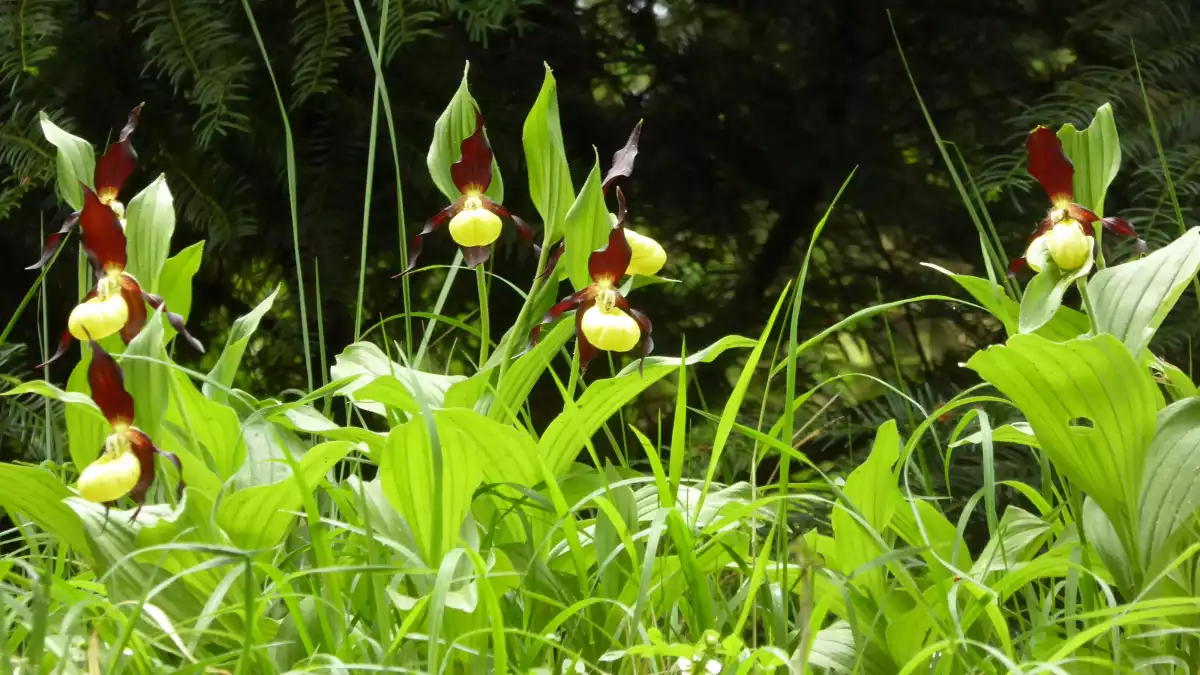
2. Lady's Slipper Orchid (Cypripedium calceolus)
This orchid is one of the most endangered flowers in the world. Its yellow-green color and the shape of its petals is reminiscent of Northern European lady's slippers -hence its name.
The Lady's Slipper Orchid used to grow in the green valleys of Belgium and Luxembourg, but, you won't find them there anymore. The same is true for the Iberian Peninsula since now you have to travel all the way to the Pyrenees to see them, when years back, you could find them almost anywhere. This flower also inhabits North American and Asia, but its habitat is quickly shrinking, which is why this lovely orchid is now on this list of endangered plants at risk of extinction due to its illegal harvest and sale.
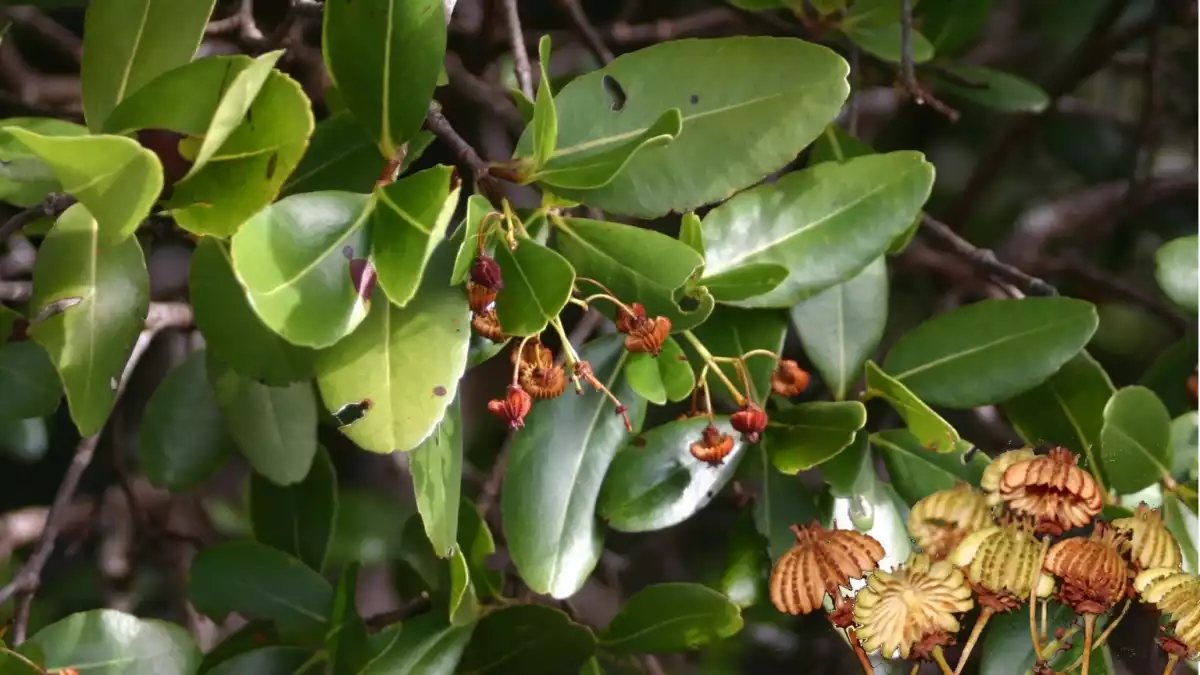
3. Jellyfish Tree (Medusagyne oppositifolia)
Medusagyne oppositifolia, with its entangled branches and tiny white flowers hidden among its thick leaves, is on the list of endangered trees. You can find the Jellyfish Tree on the island of Mahe in Seychelles, where there are barely a hundred left since by nature their seeds don't reproduce normally.
Besides, to grow properly, the Jellyfish Tree needs a very humid environment, which is in the process of disappearing as a result of current climate change and it's impossible to grow them in greenhouses.
Related: 9 Types Of Climate (Hot, Temperate And Cold)
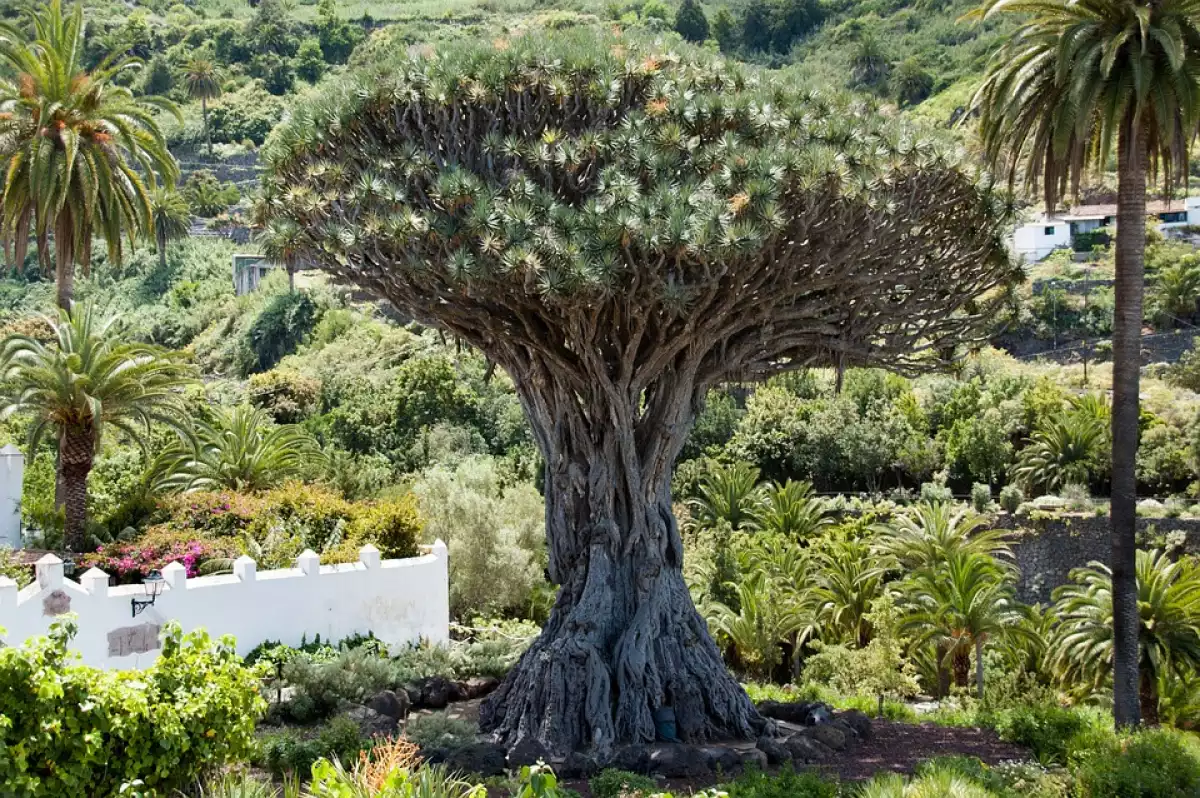
4. Dragon Tree (Dracaena draco)
If you travel to the islands of Tenerife and Gran Canaria (Spain), you can find the few specimens of this endangered tree that are left -the Dragon Tree is only found on the Canary Islands.
When this tree reaches its peak height at 12 meters, the treetop extends its branches resembling an open umbrella. Also, curiously, its trunk diverges into smaller sections as you move closer to its highest point.
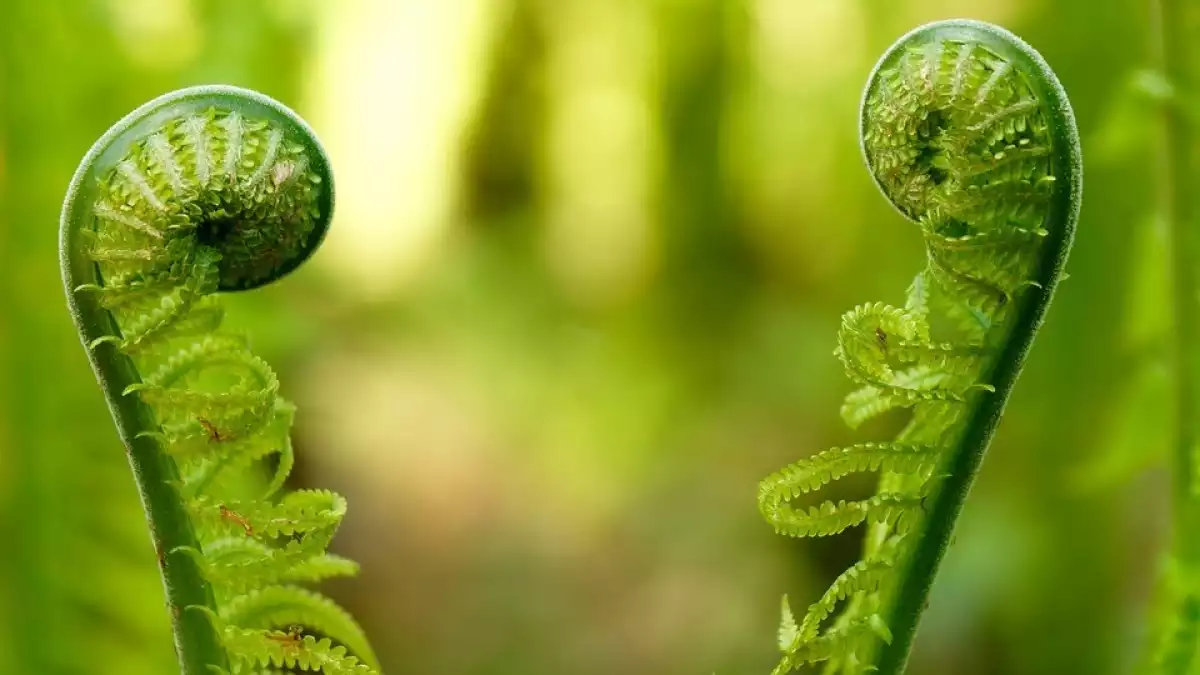
5. Ferns
These vascular plants covered vast expanses of the Earth during the time of the dinosaurs -thanks to the humid climate millions of years ago. In spite of standing the test of time and spreading all over the world, it seems that ferns' prehistoric presence hasn't kept them off the list of currently endangered plants.
There are many types of ferns, most located in humid environments where the sun doesn't hit them directly, like in rainforests or on river banks. These plants don't have flowers, and their leaves are perennial, which makes them unique.
Some types of ferns are Pteridophytes, or Dicksonia antarctica (Balantium antarcticum), native to Australia and a critically endangered plant due to illegal harvesting.
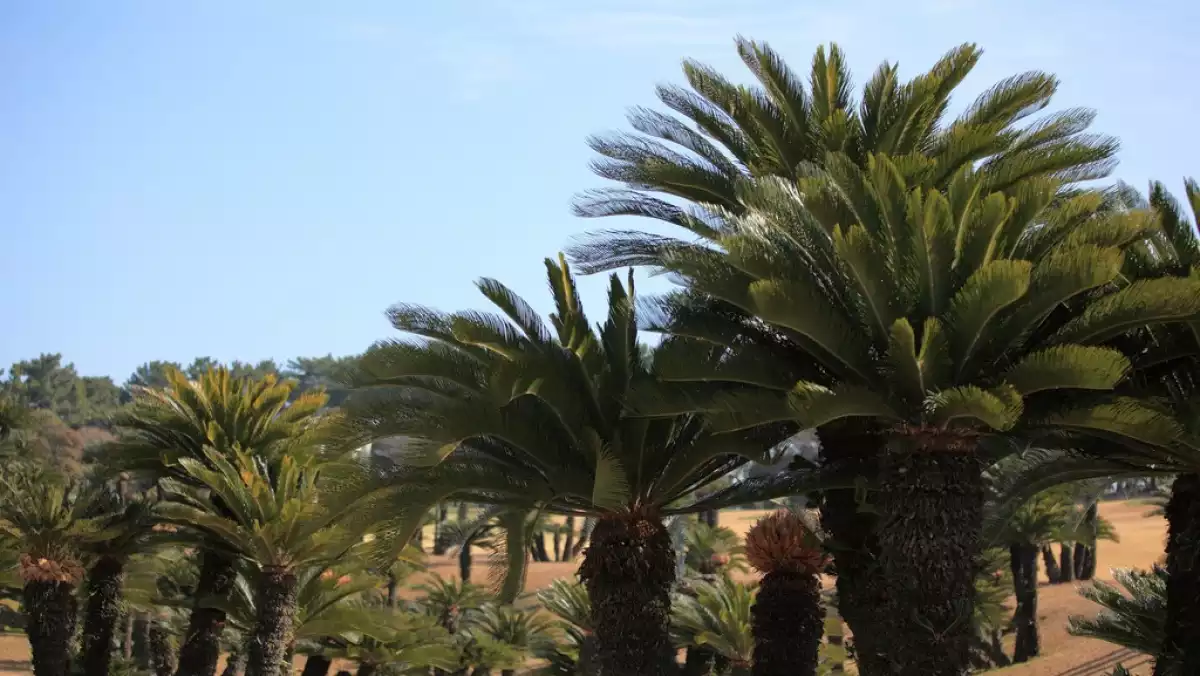
6. Sago Palm Tree (Cycas revoluta)
The Sago Palm Tree is native to Japan, although it now thrives in South Africa and Mediterranean climate regions, also known as Cycas revoluta, has seen its population in nature dwindle for the same reason as other endangered plants: wide-spread logging, and illegal harvesting to sell them as house plants.
The situation is so dire that many experts believe that this tree is already extinct in nature, although its rumored that there are a few of these endangered trees left in the Limpopo province, in the Northern region of South Africa.
7. Venus Flytrap (Dionaea muscipula)
Another well-known carniverous plant on the brink of extinction is the Venus Flytrap, whose jaws, made of hinged lobes close when they come into contact with potential prey (any kind of non-pollinating insect), resembling a sort of "mouth."
This plant needs a humid climate, the swamps of North Carolina and the Southern U.S. are particularly ideal; however, climate change is keeping this endangered species of plant from proliferating.
Related: 7 Carnivorous Plants: Care, Types And Traits
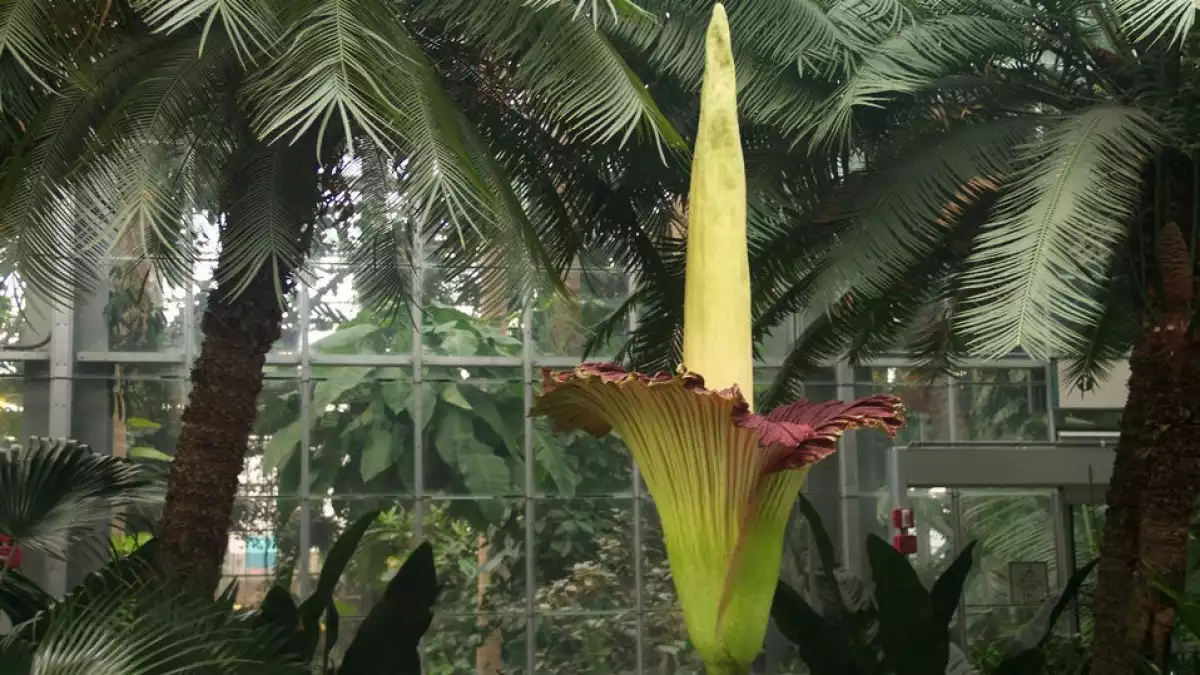
8. Corpse Flower (Amorphophallus titanum)
This endangered flower's scientific name might not speak to you, but it is commonly reffered to as the "Corpse Flower" due to its smell similar to a decomposing body, and this name is probably one that you've heard of. Besides, its worth mentioning that this flower's stench extends up to 3 meters -which could give you a better idea of what kind of specimen we're talking about.
Amorphophallus titanum is one of the largest endangered flowers in the world, unique because it only flowers 4 times during its lifetime, which is a spectacle of nature and one of the most beautiful events that botany lovers could possibly imagine.
Unfortunately, this rare Sumatran flower also has a place on our list of plants in danger of extinction since the few that remain are cultivated in botanical gardens in big cities like New York, Berlin, and Bogor, Indonesia, and the corpse flower is hard to find in nature.
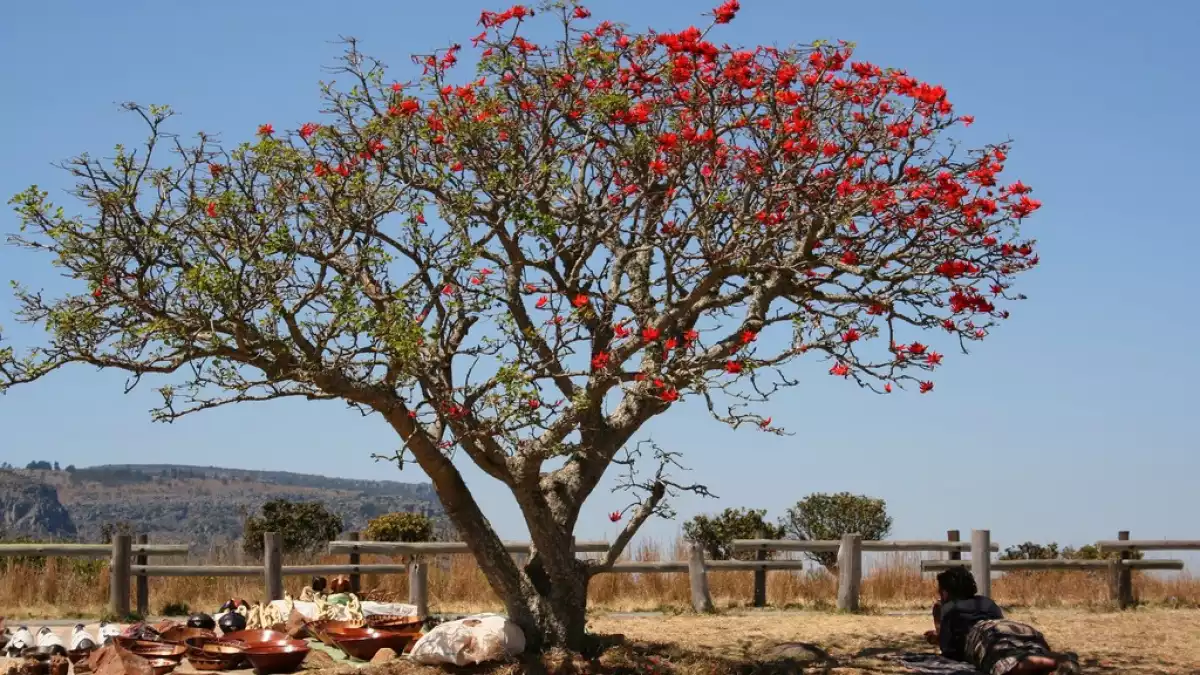
9. Coral Tree (Erythrina lysistemon)
This tree with lovely red flowers was considered extinct in the late 90s, but shortly after, a few specimens were spotted again in the jungles of Tanzania, its natural habitat.
But currently, the Coral Tree is another specimen on the endangered species list that could disappear for good without protection.
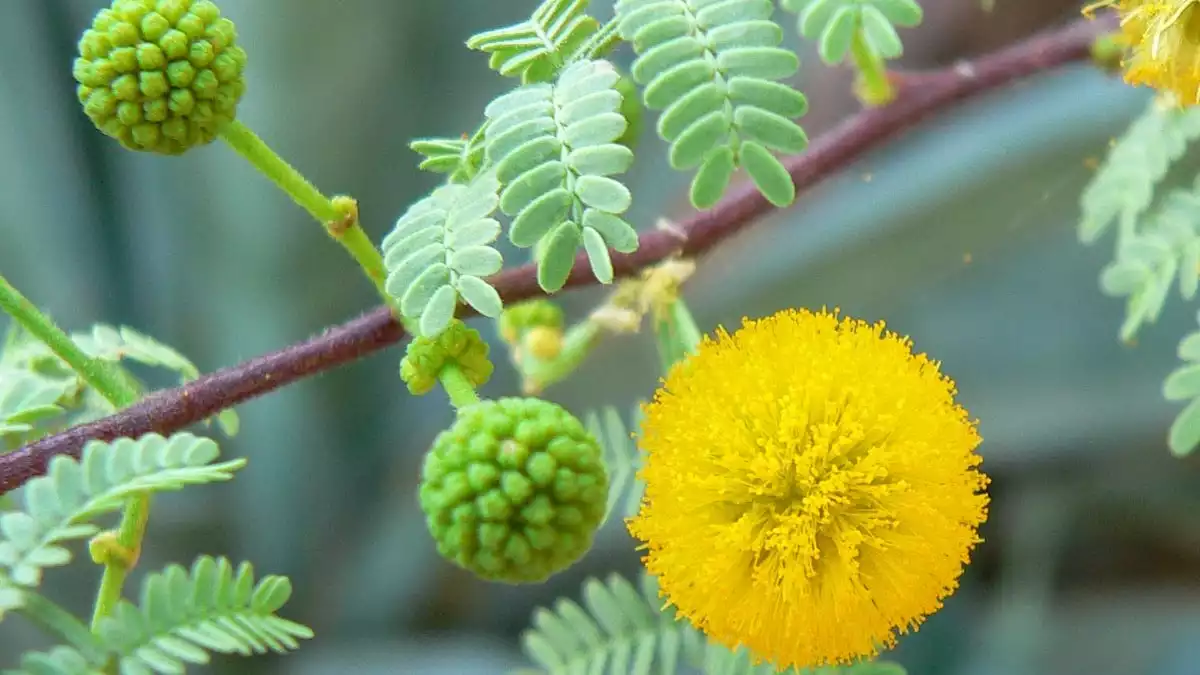
10. Pokemeboy Tree (Acacia anegadensis)
The name of this spiny tree already hints at the fact that this is a rare plant that's hard to come by, and it's no wonder if you consider the places on Earth where it lives: on the islands of Fallen Jerusalem and Anegada, two small atolls on the British Virgin Islands, close to Puerto Rico.
Thanks to their height, the treetops of the remaining Pokemeboy trees are protected from the rising sea levels, which is what keeps them at least partially above the water. Unfortunately, it seems that just a few endangered Pokemeboy trees are left in a 10-kilometer square radius.
Check out the original article: 10 plantas en peligro de extinción que debes conocer at caracterurbano.com
